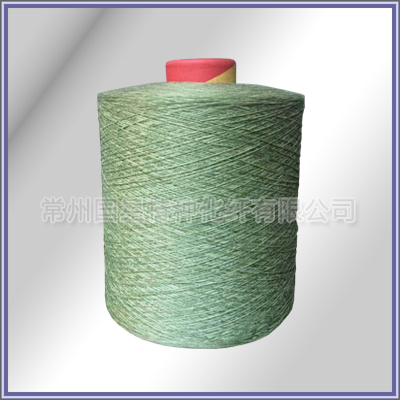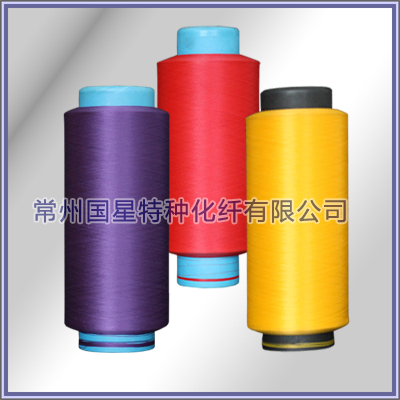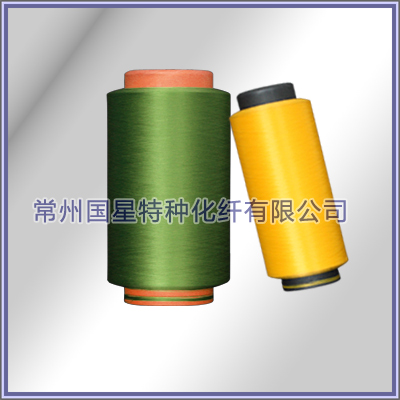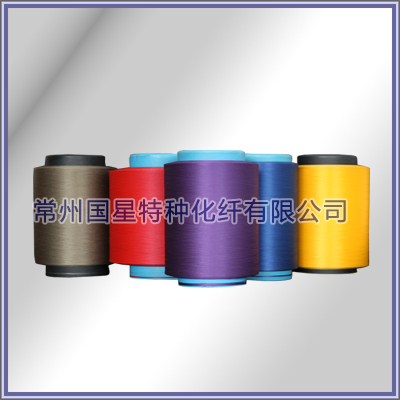Textile and apparel increased by 132.11% year-on-year! Will Vietnam��s ambitions succeed? While the domestic textile industry is facing a struggling situation, Southeast Asian countries represented by Vietnam are rapidly grabbing the textile market.
With the rapid increase in domestic production costs and labor costs, the textile industry is moving to Southeast Asian countries in large quantities. Vietnam is one of the countries that undertakes the most important transfer of China's textile industry. At present, Vietnam has become the world's third largest textile exporter, after China and India.
The textile industry in India and Vietnam has always been concentrated in garment processing, but Vietnam has great ambitions. On April 24, Vietnamese Deputy Prime Minister Zheng Dingyong signed the government's decision No. 18/2019/Q-TTg to ban the use of second-hand machinery, equipment and production line technology with a technology life of 10 years or more, which will be on June 15, 2019. Effective.
This means that Vietnam will no longer be satisfied with the production market of the apparel sector and will directly enter the fabric and raw materials market. It can be briefly summarized as follows: If all the textile enterprises that are put into production in Vietnam want to enjoy the tariff preference of Vietnam, the raw materials of the raw materials such as yarns and fabric accessories used in textiles must be in Vietnam (the proportion of Vietnam in origin is at least 90%). .
As a result, all textile companies that have started production in Vietnam have to reduce their dependence on Chinese fabrics and raw materials supply, and instead increase investment in the Vietnamese textile industry and improve the industrial chain. This is a huge challenge for the Chinese textile industry.
According to the latest published data, Vietnam��s exports of major commodities to the United States in April 2019 increased almost the same time year-on-year:
Furniture and lighting equipment increased by 42.32% year-on-year;
Fashion goods and accessories increased by 15.99% year-on-year;
Baggage and suitcases increased by 48.23% year-on-year;
Plastic and rubber products increased by 99.66% year-on-year;
Electronic products increased by 177.52% year-on-year;
Household appliances increased by 110.02% year-on-year;
Machinery and parts increased by 413.02% year-on-year;
Textile and apparel increased by 132.11% year-on-year;
Metal products 76.94%;
Porcelain and ceramics increased by 69.99% year-on-year;
Auto parts increased by 49.71% year-on-year;
Building materials increased by 16.50% year-on-year.
Seeing this data, a clich�� has once again been raised: Will Vietnamese manufacturing take advantage of Chinese manufacturing?
Given the following issues, Vietnamese manufacturing will be difficult to pick up in China for a long time:
1. The whole industry chain is not yet available, and many supporting materials and machinery and equipment need to be imported from China or other countries;
2, infrastructure, roads and railways are very backward, lacking deep water and good port, long cargo cycle;
3. Labor quality. A company that once set up a representative office in Vietnam, the "engineer" who was finally recruited can only screw the screws. It is really a problem, or it needs Chinese engineers to fly over and solve it;
4. The business environment is poor, local government policies are not flexible enough, and the overall quality and education level of employees are low;
5. Southeast Asia's wages are growing rapidly, and the wages of general workers are calculated on an hourly basis. Excluding the overtime factor has already exceeded the wages of Chinese workers. Assuming that China's wages are not growing, then five years later, labor costs will be China is almost the same.
Obviously, the Vietnamese government is aware of these problems and is trying to solve them step by step. For example, ��there is no whole industry chain, and many supporting materials and machinery and equipment need to be imported from China or other countries.�� In order to prevent Vietnam from relying excessively on other Chinese machinery production equipment, the Vietnamese government has recently launched a ��new regulation��. :
According to Vietnam��s ��Vietnam News��, on June 15th, Vietnam banned the use of second-hand machinery, equipment and production line technology with technology years of use of 10 years or more.
According to the decision, only second-hand machinery, equipment and production line technology directly produced in Vietnam can enter the country, and the relevant entry equipment must comply with the Vietnam National Technical Regulations (QCVN), Vietnam Standard (TCVN) or G7 countries and South Korea in safety, Standards such as energy conservation and environmental protection. Imported second-hand production line technology must have a design capacity of at least 85%, and the consumption of materials, fuel and energy should not exceed 15% of the design consumption.
The Ministry of Science and Technology of Vietnam will be responsible for publishing a list of used machinery, equipment and production lines that have been banned in other countries.
The background of the new regulations is: Earlier, the Vietnam Customs Administration data showed that from January to November 2018, Vietnam imported more than 210.3 billion yuan of mechanical equipment, of which nearly 40% came from China. In other words, Vietnam imports about 7.6 billion yuan worth of machinery and equipment from China every month.
According to incomplete statistics, Vietnam currently imports nearly 80% of agricultural machinery imported from Japan, China, South Korea, Thailand and Taiwan. Among them, agricultural machinery imported from China accounts for 60%, and imports from Japan and South Korea account for 40%. The agricultural machinery products produced in Vietnam only account for 15-20%.
From January to November 2018, Vietnam��s imports of machinery and equipment from China increased by 9.5% year-on-year, while none of the top five source countries achieved similar growth. Worried that such a situation would make Vietnam too dependent on ready-made imported equipment, rather than focusing on its own research and development capabilities, making Vietnam a concentration of backward technology, the Vietnamese government has taken measures to restrict the import of used machinery and equipment.
Under the international trade issue, Vietnam has become the biggest beneficiary of trade flow transfer!
According to CNBC, trade disputes between Washington and Beijing have been more than a year old. Nomura economists have found evidence that the United States and China have reduced imports of certain goods in order to avoid raising tariffs. The same goods are being procured from other places.
Nomura Securities said that Vietnam has become the biggest beneficiary of trade flow transfer so far, and it is estimated that the proportion of these new purchases to its GDP is 7.9%.
At the same time, with the escalating tariffs between China and the United States, the cost of mutual imports is also increasing. Because some exporters in the US and China may be willing to absorb some of the additional tariff costs, some multinational companies may choose to reproduce. But trade data shows that over time, the final reaction may be - - trade transfer.
To date, the United States has imposed a 25% tariff on $250 billion in Chinese goods, and US President Trump threatened to impose the same high tariffs on the remaining imports from China, worth about $300 billion. In retaliation, Beijing has also raised tariffs on US goods worth billions of dollars.
Nomura said that in addition to Vietnam, the other major beneficiaries of the Sino-US trade war are Taiwan, Chile, Malaysia and Argentina. Vietnam and Taiwan benefit mainly from additional exports to the United States, while Chile and Malaysia benefit from exporting more goods to China.
Nomura economists found that Washington imposed high tariffs on Chinese goods, prompting American companies to choose alternative sources. These items include electronic equipment, parts for office equipment, automatic data processing machines, furniture and travel goods.
On the other hand, China's tariffs on US goods have caused Chinese importers to buy soybeans, planes, grains and cotton from other countries.
The following are wild. Although research shows that third-party economies can benefit from tensions in the US and China, Nomura economists warned that the survey did not depict the full picture of the trade war. Because there are many other forces at work, the overall economic impact on most third-party economies will be negative. Due to trade uncertainty and declining demand in the US and China, these adverse effects may include hindering the business
Investment plans, because companies and consumers in both countries will eventually face higher costs due to tariffs.
Trying to be self-reliant, not relying too much on the machinery and equipment of other countries, the trade war is "fishing and profiting", and the import of the United States has grown substantially. What do you think of such a leaping neighbor?

 +86-519-86266888
+86-519-86266888 gxhx888@126.com
gxhx888@126.com



